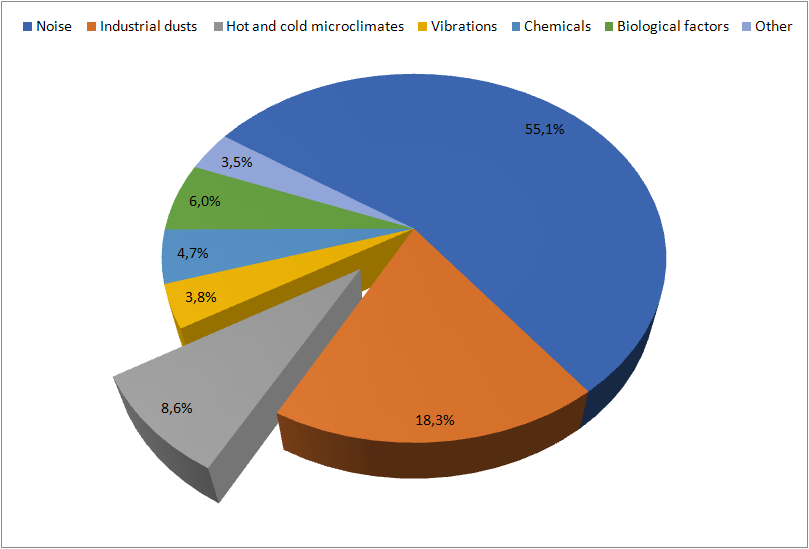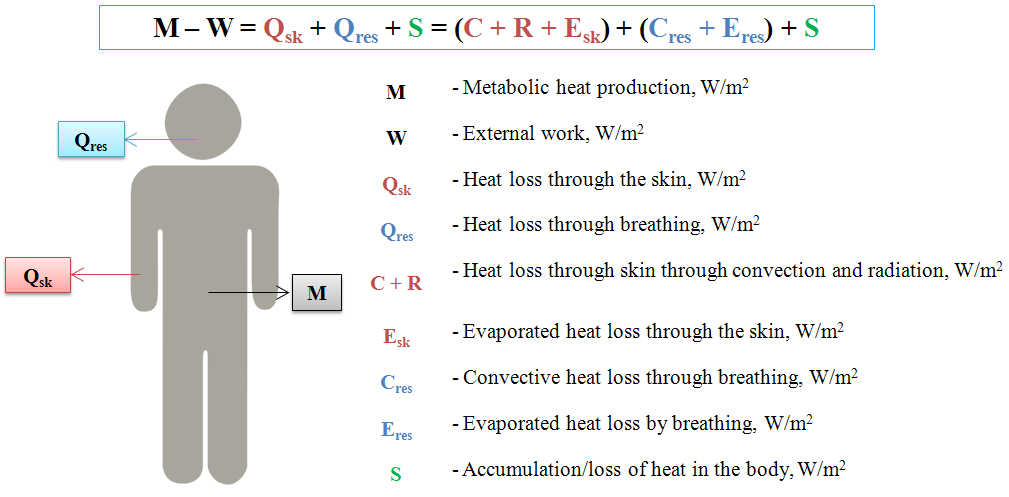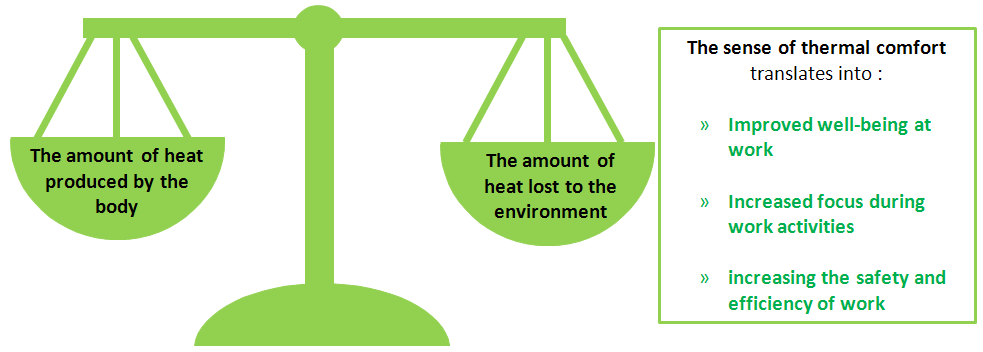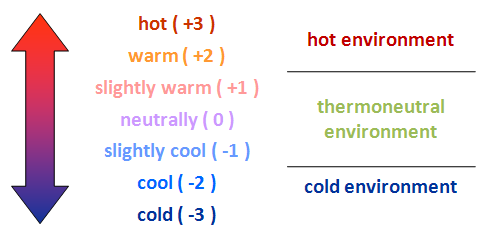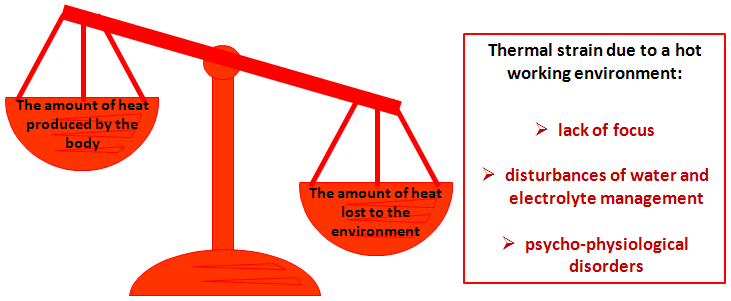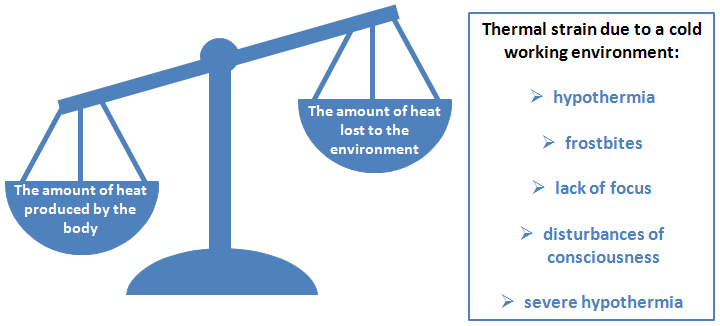Misją Instytutu jest dzialalność naukowo-badawcza prowadząca do nowych rozwiązań technicznych i organizacyjnych użytecznych w kształtowaniu warunków pracy zgodnych z zasadami bezpieczeństwa pracy i ergonomii oraz ustalanie podstaw naukowych do właściwego ukierunkowywania polityki społeczno-ekonomicznej państwa w tym zakresie.

THREATS OF MICROCLIMATE IN A WORKING ENVIRONMENT IN POLAND
The microclimate is one of the physical harmful factors in the work environment. It is defined as "climatic conditions occurring or created in a small specific space or room, all components, i.e. temperature, air movement, humidity and thermal radiation, determine the thermal management of the body and have an impact on the size and type of adaptive responses"[in Polish: Gwódź B. Człowiek w środowisku wielkoprzemysłowym i elementy ergonomii. in: Fizjologia człowieka z elementami fizjologii stosowanej i klinicznej. Wydawnictwo Lekarskie PZWL, Warszawa, 2001]. According to the data from the Statistics Poland (GUS, Główny Urząd Statystyczny), in 2019, about 28 thousand people in Poland worked in both cold and hot microclimates [Working conditions in 2020 r. Statistics Poland, Warsaw 2021].
The hazard occurring in the work environment resulting from the adverse impact of the microclimate (hot and cold) is listed on the 3rd place among all factors occurring in the work environment (Figure 1) [Working conditions in 2020 r. Statistics Poland, Warsaw 2021].
Fig. 1. Threats of the microclimate in the work environment against the background of other threats in 2020.
THE INFLUENCE OF HOT AND COLD ENVIRONMENT (MICROCLIMATE) ON THE HUMAN ORGANISM
The heat produced by the human body is the result of metabolic processes taking place in the body. The heat exchange between a person and the environment takes place through: conduction, convection, radiation and evaporation (water evaporate from the body, both through sweating and exhaling of air) (Fig. 2). The contribution of these phenomena in the heat transfer process depends, from the parameters of the environment in which the person is located (environmental factors), inter alia: temperature and air velocity, mean radiation temperature, partial water vapour pressure as well as individual factors such as: physical activity or protective clothing used [inPolish: Bogdan, A .; Zwolińska, M .; Wpływ odzieży na wymianę ciepła między człowiekiem a otoczeniem; Ciepłownictwo, Ogrzewnictwo, Wentylacja; 1/2010; 27-31]
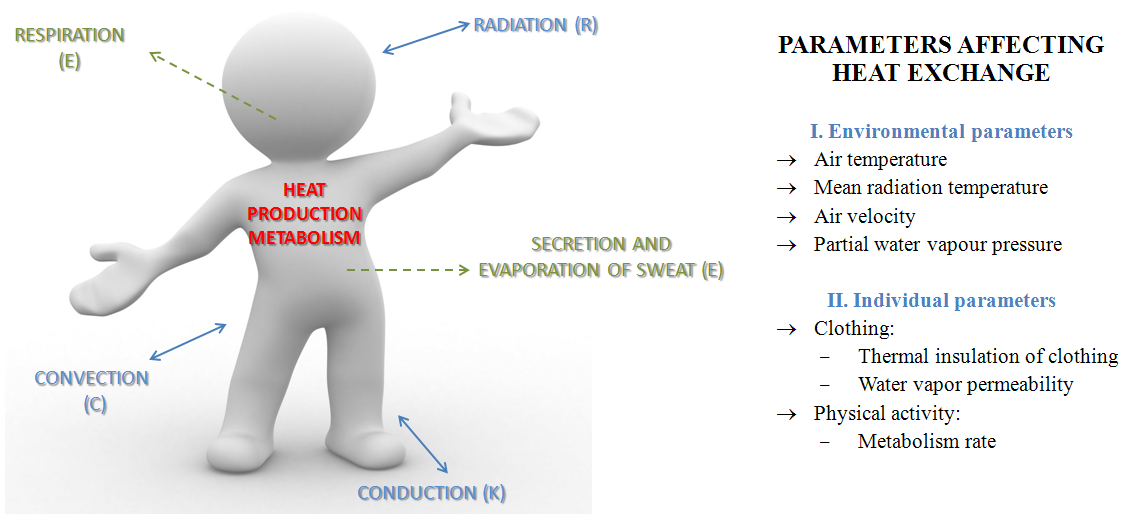
Fig. 2. Heat transfer between a human and an environment.
Heat transfer processes between human and environment are described by the thermal balance equation (Figure 3) [ASHRAE Handbook – HVAC Systems and Equipment. American Society of Heating, Refrigerating, and Air Conditioning Engineers, Inc., Atlanta.1996; in Polish: Fanger P. O., Komfort cieplny, Wyd. Arkady, Warszawa, 1974].
When the heat balance is positive (S > 0), we are dealing with a hot environment requiring the activation of heat-fighting mechanisms. Conversely, when the thermal balance is negative (S <0), we deal with the so-called "thermal debt", requiring the activation of mechanisms to fight against the cold. When the thermal balance is equal to zero (S = 0), we called it the thermo-neutral environment.
Thermoneutral environment
In a thermoneutral environment, thermal comfort is felt and hence the amount of heat that is produced by the body is dispersed so that the temperature of the body, without the involvement of an independent thermoregulatory mechanism, remains constant. The sense of thermal comfort translates into, inter alia: better well-being at work or increased concentration during activities (Figure 4).
The index for determining the thermal sensation of a human, in a given environment, is the Predicted Mean Vote (PMV) index. This index is used to predict the average thermal sensation of a large group of people subjected to a specific combination of variable environmental parameters and to the classification of thermal environments. In accordance with the Regulation of the Minister of Family, Labor and Social Policy of June 12, 2018 regarding the highest admissible concentrations and intensities of factors harmful to health in the working environment (Journal of Laws of 2018, item 1286), the criterion for classifying the thermal environment to the area of the hot microclimate is the PMV ≥ +2, to the microclimate cold PMV ≤ -2 (Figure 5).
Hot environment
In a hot environment, the amount of heat that is generated by the body is dispersed, allowing the body's temperature to remain constant, but the thermoregulatory system must be activated (increasing the blood flow through the expansion of the skin's blood vessels and consequently increasing the skin temperature, stimulating the sweat glands and increase in sweat secretion [in Polish: Kaciuba H. Termoregulacja. W: Fizjologia człowieka z elementami fizjologii stosowanej i klinicznej. Wydawnictwo Lekarskie PZWL, Warszawa, 2001.]). If the amount of stored heat cannot be dissipated due to the thermoregulatory mechanisms, the temperature inside the body begins to gradually rise. Body temperature can increase by only 1 °C, that is it can reach 38 °C at workplace conditions [PN-EN ISO 9886:2005. Ergonomics – Evaluation of thermal strain by physiological measurements; PN-EN ISO 12894:2002 Ergonomics of thermal environment – Medical supervision of individuals exposed to extreme hot or cold environments; In Polish: Kaciuba H. Termoregulacja. W: Fizjologia człowieka z elementami fizjologii stosowanej i klinicznej. Wydawnictwo Lekarskie PZWL, Warszawa, 2001.]
When the worker is exposed to the hot environment, there is a decline in work efficiency and the accuracy of task performance, water and electrolyte disturbances and psycho-physiological disorders [in Polish: Gwódź B. Człowiek w środowisku wielkoprzemysłowym i elementy ergonomii. in: Fizjologia człowieka z elementami fizjologii stosowanej i klinicznej. Wydawnictwo Lekarskie PZWL, Warszawa, 2001] (Fig. 6).
Cold environment
In a cold environment, the amount of heat that is produced by the body is dispersed, allowing the body's temperature to remain constant, but the thermoregulation system must be activated in order to protect the body against excessive heat loss (e.g., reduced blood flow through the subcutaneous tissue and skin of certain areas of the body) increase in the metabolic rate and, as a consequence, the appearance of muscular tremor [in Polish: Kaciuba H. Termoregulacja. W: Fizjologia człowieka z elementami fizjologii stosowanej i klinicznej. Wydawnictwo Lekarskie PZWL, Warszawa, 2001.]).
During exposure of the employee to the cold environment, it is possible that the body is cold and frostbitten. Exposure to the cold environment may cause a drop in concentration, disturbance of consciousness and, in the worst case scenario, may lead to severe hypothermia and even death (Fig. 7).

